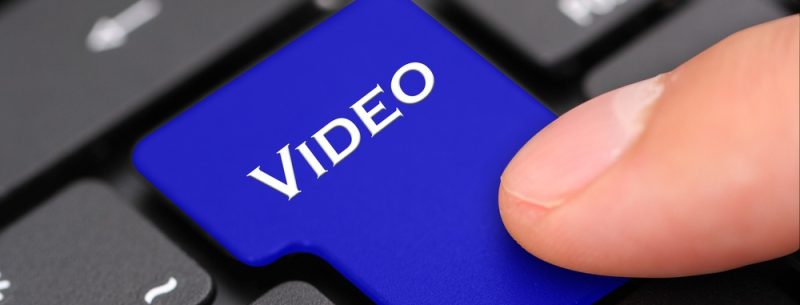In the era of social media, communication with the audience is done through images and short videos such as “shorts” or “reels.” The younger generation readily uses social media applications that allow them to share their images with an unlimited audience. It’s not surprising, then, that images are also a tempting tool for marketing goods and services. So, what should be considered when using a child’s image in compliance with the regulations?
The use of images – legal aspects
An image is a personal asset for each of us and personal data enabling our identification. Photographs or videos capturing an image are often classified as a work under the Copyright and Related Rights Act. Taking a photo and publishing it also involves processing personal data, which requires a legal basis for such action. The most commonly used legal basis is the consent of the person whose data is concerned. Consent is considered in two ways:
- As consent for the processing of personal data under Article 6(1)(a) of the GDPR.
- As consent for the dissemination of the image under Article 81(1) of the Copyright Act.
Scope of independent action by a child
A person under 18 cannot legally give consent for the use of their image by another entity. According to the Civil Code, a child under the age of 13 does not have legal capacity to perform legal acts, meaning they cannot make binding statements of will or enter into contracts. Full legal capacity is acquired at the age of 18. However, a child between 13 and 18 has limited legal capacity, allowing them to independently enter into contracts for minor, everyday matters. This includes situations like buying groceries or other essential items, using public transportation, participating in cultural, sports, or entertainment events – all of relatively low value. Giving consent for the use of a child’s image goes beyond the specified catalog of actions in minor, everyday matters. In practice, this means that to obtain such consent, the approval of the legal representative, such as a parent or legal guardian, is always necessary.

Consent for the processing of personal data expressed by a child
Regarding children’s data, Article 8 of the GDPR allows consent to be given by a person who has reached the age of 16, but this only applies to information society services offered directly to the child. Can promoting an image on a website be considered such a service? No, because according to EU regulations, to which the GDPR refers in this case, an information society service is a service normally provided for remuneration, at a distance, by electronic means, and at the individual request of the service recipient. Consequently, it must be acknowledged that consent for the use of a child’s image can only be given through the child’s legal representative.
Consent for the dissemination of the image expressed by a child
According to Article 81(1) of the Copyright Act, disseminating an image requires the permission of the person depicted in it. The above considerations also apply to consent for dissemination under copyright law, and the conclusion is clear: there is no possibility of independently giving consent for the use of an image by a child. If we disseminate the image of children, we can do so with the consent of the child’s legal representative, acting on behalf of the child, or under exceptions when permission is not required, such as:
- Payment for posing (within an agreement with the legal representative).
- The image relates to a person widely known due to performing social functions.
- The person is just a detail in the whole, such as a crowd, landscape, or public event.

